Turkish Shawarma: A Delectable Culinary Delight with Rich Flavors and History
Turkish cuisine is renowned for its diverse and flavorful dishes, and one of the most beloved and internationally recognized culinary delights is Turkish shawarma. This mouthwatering street food has gained popularity worldwide for its tantalizing aroma, succulent meat, and vibrant blend of spices. In this article, we will delve into the origins, preparation techniques, key ingredients, and the cultural significance of Turkish shawarma. Get ready to embark on a culinary journey through the delightful world of Turkish shawarma.
Origin and History:
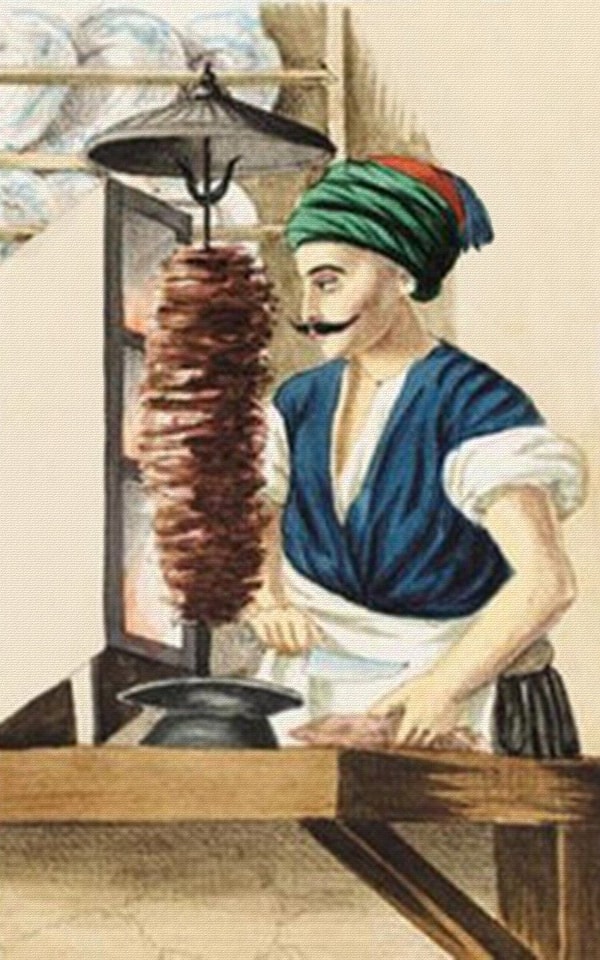
The origins of shawarma can be traced back to the Middle East, where it has been a staple for centuries. However, it was in Turkey that shawarma evolved into its distinct and delicious form. The Turkish adaptation of shawarma, known as 'döner kebab,' gained popularity in the mid-19th century in the Ottoman Empire. The term 'döner' translates to 'turning' or 'rotating' in Turkish, referring to the vertical rotisserie used to cook the marinated meat.
Preparation and Cooking Technique:
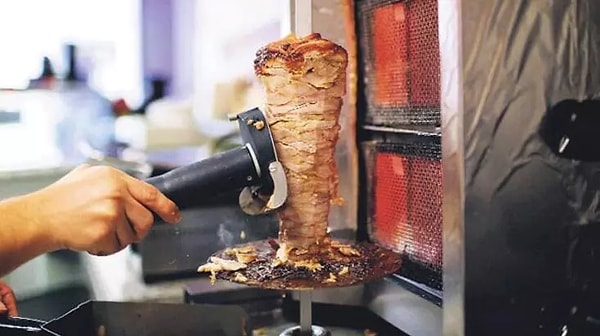
The preparation of Turkish shawarma involves marinating thin slices of meat, typically lamb, beef, or chicken, in a blend of spices and seasonings. The meat is then stacked on a vertical spit and slowly roasted, allowing the layers to cook evenly while retaining their juiciness and tenderness. As the outer layer of the meat cooks, it is thinly sliced off in succulent strips, creating the signature texture and taste of Turkish shawarma.
Key Ingredients and Flavor Profile:
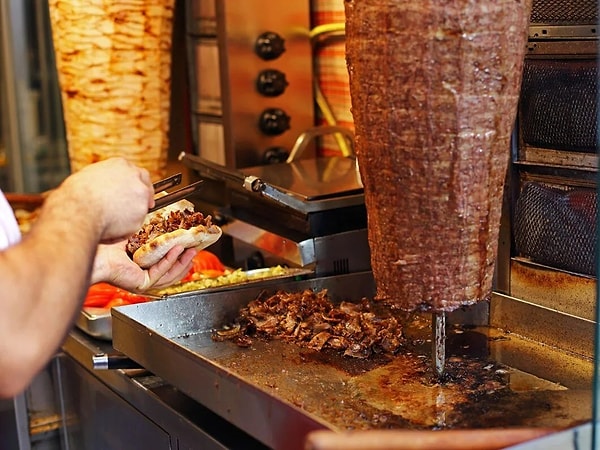
The secret to the mouthwatering flavors of Turkish shawarma lies in its carefully crafted spice blend. Traditional Turkish spices such as cumin, paprika, sumac, garlic, oregano, and Aleppo pepper are used to marinate the meat, infusing it with a harmonious balance of savory, tangy, and aromatic notes. This flavor profile is further enhanced by the cooking process, as the meat absorbs the smoky flavors from the open flame.
Accompaniments and Serving Styles:
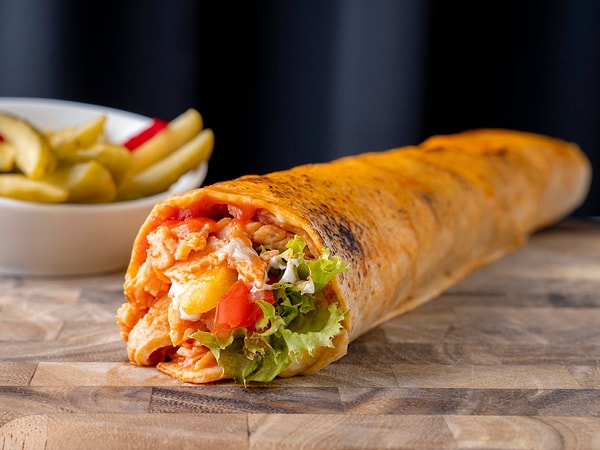
Turkish shawarma is often served in a variety of ways to suit different preferences. The most common serving style is wrapping the tender meat slices in a warm, soft flatbread called 'lavash' or 'pide.' The shawarma is then garnished with fresh vegetables such as lettuce, tomatoes, onions, and parsley, along with a drizzle of tangy yogurt sauce or tahini. Alternatively, shawarma can be served on a platter with a side of rice, grilled vegetables, and traditional Turkish mezes (appetizers).
Regional Variations:
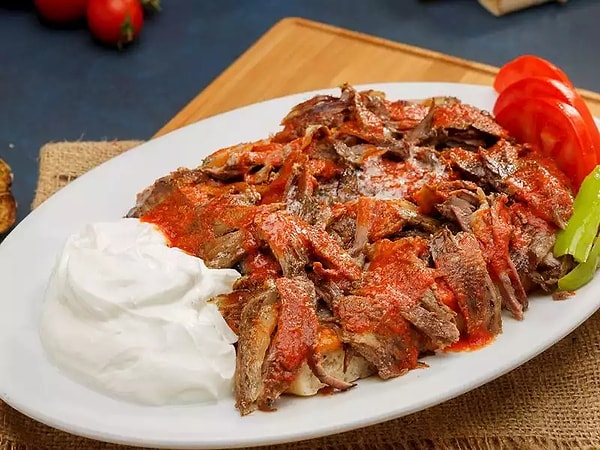
While the basic concept of Turkish shawarma remains consistent, there are regional variations that add unique twists to the dish. In Istanbul, for example, 'İskender kebab' is a popular variation where shawarma slices are served on a bed of toasted bread and topped with a rich tomato sauce and melted butter. In the southeastern region of Turkey, 'Urfa kebab' is known for its smoky and spicy flavor, achieved by marinating the meat in a blend of paprika and Urfa pepper.
Cultural Significance:

Turkish shawarma holds a special place in Turkish culture and has become an integral part of the country's culinary identity. It is not only a beloved street food but also a symbol of community and shared experiences. Shawarma stands, known as 'dönerci,' are ubiquitous in Turkish cities, where locals and visitors gather to enjoy this flavorful delight. The aroma of sizzling shawarma wafting through the streets has become an iconic sensory experience associated with Turkish cuisine.

Send Comment